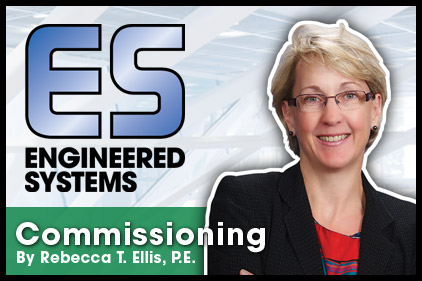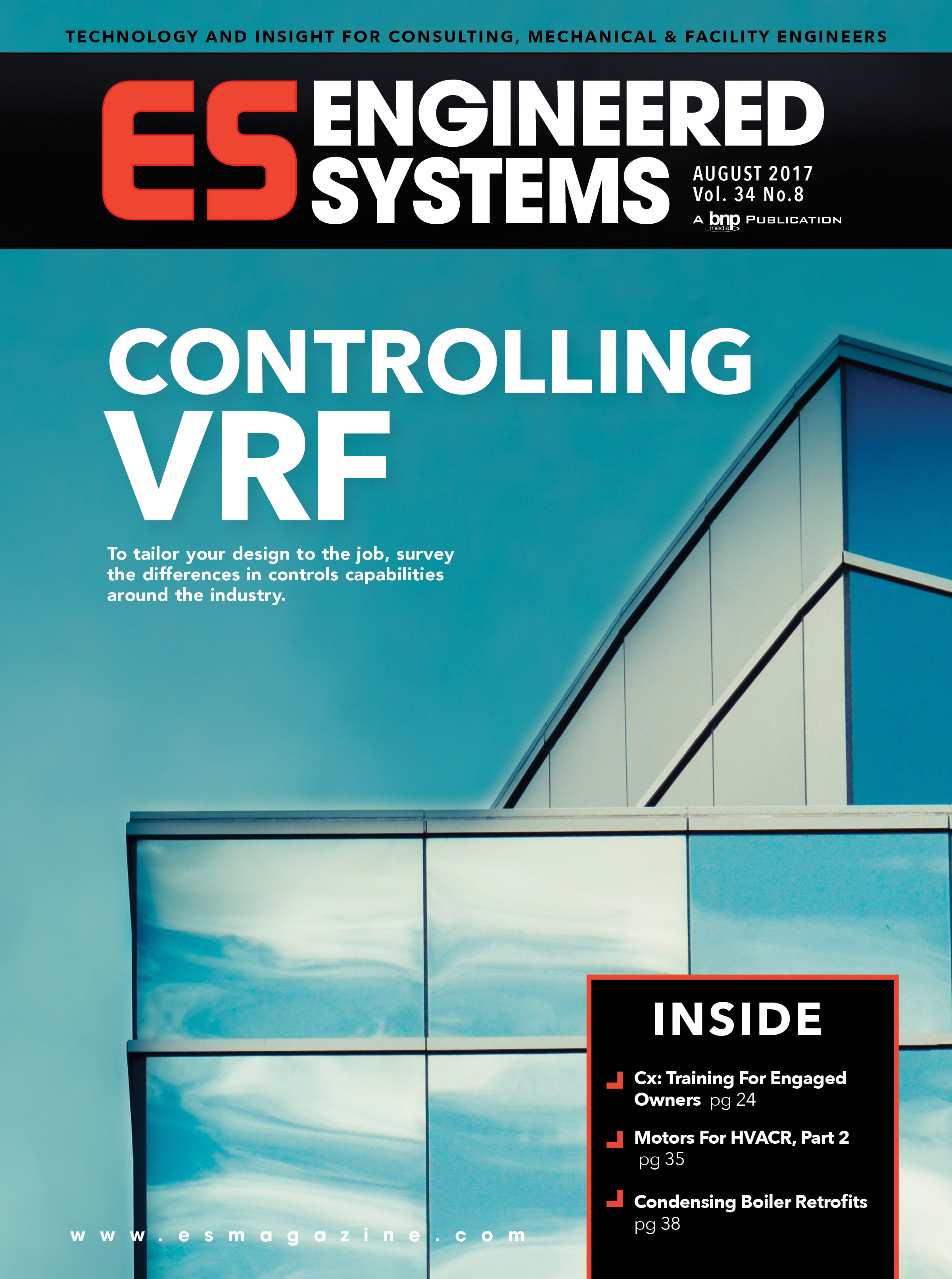The transfer of knowledge, skills, and documentation to the people responsible for operating new systems is required in order to sustain the benefits of the commissioning process. As such, owner training is a critical cornerstone of commissioning. Without it, the optimal systems performance expected after new construction commissioning or after a major retrocommissioning project will start its inevitable decline as soon as the commissioning professional and the contractors have left the premises.
Training has been the topic of this column numerous times in the past, but over the next couple of months I want to explore the question of who really needs the training, and to what level, when the owner relies on outside service contractors to operate and maintain their systems. By “service contractors,” in this instance, I mean people who are not on site full-time, but who come to a building for periodic preventive maintenance visits and then are on-call to help address problems when they arise. This operations approach is standard for small- to medium-sized buildings.
This model presents multiple challenges when it comes to training:
- Building owners don’t necessarily know who their service contractor will be until very late or even after construction. In many cases, the installation mechanical contractor becomes the default choice to segue from warranty calls to service calls.
- The service firm may send someone different to an owner’s building each visit. Although most service contractors will try to assign specific people to customers, it is far more likely to have a consistent person long-term with in-house staff versus service contractor staff.
- The owner risks being lulled into a false sense of security by delegating all system O&M to others.
Who should be trained on the new and/or modified systems? Without a commissioning process that helps facilitate the transition from design and construction to occupancy and operation, I suspect no one is trained. If the owner plans to hire a service contractor, the owner will not feel a need to have trained in-house staff, and the owner will not even consider training the service contractor’s staff. I think the typical owner expectation is that it is the service contractor’s responsibility to provide trained and qualified personnel.
Of course, service contractors are responsible for ensuring that their employees are trained, but only in a generic sense. Service contractors should be expected to have in-depth knowledge in equipment maintenance, troubleshooting, and repair. The best service contractor employees will also understand a variety of system types and integration issues, i.e., how individual components can be configured and programmed to work together.
No service contractor, however, can be expected to understand the design intent or the unique system configurations and control sequences for a specific building without some level of training. Without building-specific training, the service contractor’s people will do the best they can based on what they can visually find and observe when they arrive at the building to perform preventive maintenance and/or to address a trouble call. That “best” will very often result in modifications to the system or inattention to key operating elements that begin the long slide away from optimal system performance.
As such, owners must put some effort into training their service contractors. At the end of construction, that should include the design engineer and installation contractor providing system-level training to the first service contractor.
It is extremely rare for a building owner to make the effort to officially select their service contractor before the end of construction, regardless of how much the commissioning professional encourages the owner to do so. Therefore, it is critically important that the installation contractor and design engineer contracts include provisions to deliver training whenever the service contract is awarded.





